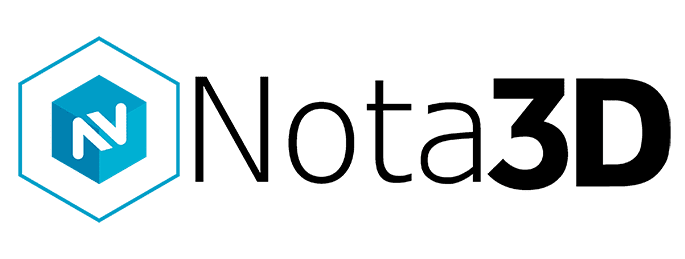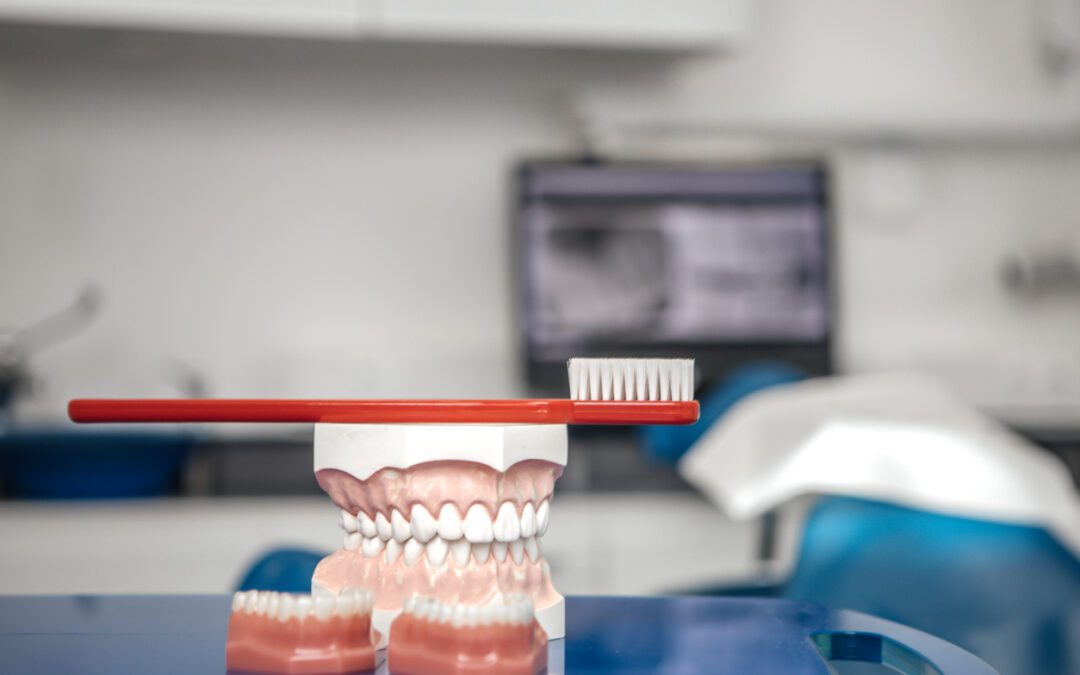Revolutionizing Dentistry with Technological Advancements
In modern dentistry, technological advancements continue to reshape traditional practices, offering innovative solutions that enhance patient care and treatment outcomes. One such groundbreaking innovation is the utilization of 3D printing technology for the creation of crowns and bridges. This transformative approach has revolutionized the field, offering numerous benefits that have significantly improved the dental experience for both patients and practitioners.
The precision and perfect fit of dental crowns and bridges are paramount to ensuring the success of these restorative procedures. Dental prosthetics serve not only aesthetic purposes but also play a crucial role in restoring oral function and maintaining overall oral health. A precisely fitted crown or bridge is essential to achieving proper occlusion, preventing complications such as bite misalignment or discomfort. A perfect fit minimizes the risk of bacterial infiltration and decay in the surrounding teeth and gums. Properly aligned crowns and bridges contribute to the stability and durability of the restoration, ensuring long-term success. Patients benefit not only aesthetically but also functionally, experiencing improved speech, chewing efficiency, and overall oral comfort. In essence, the meticulous precision in crafting and fitting dental crowns and bridges is vital for the restoration’s effectiveness, oral health maintenance, and the overall well-being of the patient.
Let’s take a closer look at the top 6 benefits of 3D-printed crowns and bridges in dentistry.
- Precision and Customization: Traditional methods of creating crowns and bridges often involved a series of manual steps, resulting in a certain degree of variability and margin for error. However, 3D printing technology allows for unparalleled precision and customization. With the aid of digital impressions and computer-aided design (CAD) software, dental professionals can create highly accurate and tailored prosthetics that perfectly fit a patient’s unique dental anatomy. This level of precision leads to better functionality, aesthetics, and overall patient satisfaction.
- Faster Turnaround Time: The traditional process of crafting crowns and bridges could take several days or even weeks, involving multiple visits to the dentist’s office. In contrast, 3D printing expedites this process significantly. Once the digital design is finalized, the 3D printer can fabricate the prosthetics within minutes, often during a single appointment. This accelerated production timeline benefits patients by reducing the waiting period and enabling swift restoration of dental function and aesthetics.
- Improved Patient Experience: Traditional methods often necessitated the use of temporary crowns or bridges while waiting for the permanent prosthetics to be fabricated in an off-site laboratory. This interim solution could sometimes lead to discomfort or inconvenience for patients. However, with 3D-printed crowns and bridges, the need for temporary restorations is minimized, allowing patients to receive permanent, custom-fitted prosthetics in a shorter time frame, thereby enhancing their overall experience and comfort.
- Enhanced Material Quality: 3D printing technology offers versatility in material choices, allowing for the use of advanced materials that exhibit superior strength, durability, and biocompatibility. Dental professionals can select materials tailored to meet specific patient needs, ensuring optimal performance and longevity of the prosthetics. Additionally, these materials are often aesthetically pleasing, mimicking the natural appearance of teeth for a seamless smile restoration.
- Cost-Efficiency and Sustainability: While the initial investment in 3D printing technology may seem substantial, the long-term benefits in terms of cost-efficiency become evident over time. The streamlined production process reduces labor costs and material wastage associated with traditional methods. Moreover, the ability to create precise, single-visit restorations minimizes the need for additional appointments, saving both time and resources for both patients and dental practices.
- Progressive Advancements and Future Potential: As technology continues to evolve, so does the potential for further advancements in 3D printing within dentistry. Ongoing research and development efforts aim to refine printing techniques, expand material options, and improve the overall efficiency and efficacy of these dental applications. The future holds promising prospects for even more advanced 3D-printed dental solutions that could further transform the field.
The integration of 3D printing technology in the creation of dental crowns and bridges represents a significant leap forward in the field of dentistry. Its precision, customization, efficiency, and patient-centric approach have redefined the standards for dental restorations, offering numerous advantages over traditional methods. As the technology continues to advance, the benefits of 3D-printed prosthetics will undoubtedly contribute to improved patient care, enhanced treatment outcomes, and further innovation in dental healthcare.
Nota3D provides a comprehensive point-of-care solution for healthcare professionals, offering integrated software, 3D printers, and materials to streamline the healthcare workflow. The advantage of purchasing software, printers, and materials from a single source ensures seamless integration and peace of mind. Nota3D specializes in patient-specific guides and models, allowing for easy segmentation and design. The end-to-end control of the process facilitates in-house manufacturing.
With advancements in dental 3D printing technology, Nota3D makes it easier for users to start printing parts, identifying opportunities for in-house 3D printing and providing the necessary technology and support for success. Leveraging 30 years of 3D printing experience, Nota3D collaborates with the leading biocompatible dental 3D printing materials developer, 3D Systems, to deliver the NextDent 5100 solution. This comprehensive solution incorporates industry-defining materials, print innovation, dental expertise, and regulatory compliance, revolutionizing the dental workflow. For more information call 414-207-4404 or Contact Nota3D today.

